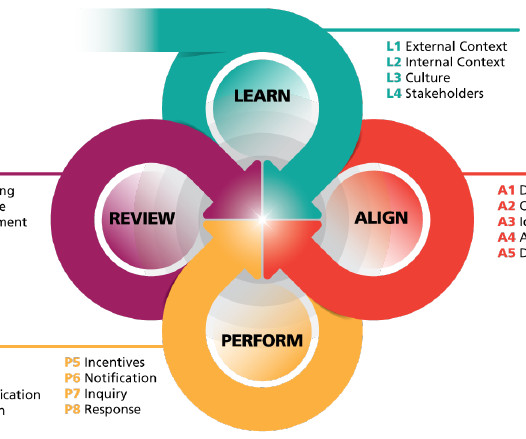World Backup Day Quotes from Experts for 2025
Solutions Review
MARCH 31, 2025
According to the Auvik IT Trends 2025 Report, 61 percent of IT professionals update network configurations weekly, yet nearly half only document those changes monthly or less often. This creates a four-week window where documentation lags behind. Theres never a bad time for some self-evaluation.
















Let's personalize your content